
Resources for energy-efficient home upgrades
Practical guides, expert tips, and real homeowner stories to help you plan smarter upgrades – from insulation and heating to solar panels and smarter controls.
Making your home warmer, greener, and easier to run starts with good information. This resources page brings together everything you need to explore energy-saving improvements – from simple fixes like loft insulation to bigger steps like solar panels or heat pumps.
Whether your goal is lower bills, more comfort, or cutting carbon, you’ll find clear guidance here to help you choose the right steps, in the right order, for your home.
Insulation and the fabric of your home
Good insulation is the foundation of an efficient home. By tackling draughts, walls, floors, and roofs, you’ll stop heat escaping and make every other upgrade – from heating to solar – work harder for you.
- Floor insulation: Reduce draughts and heat loss, especially in older homes with timber floors.
- Loft or roof insulation: Cut heat loss by up to a quarter with simple but effective upgrades.
- Solid wall insulation: Reduce heat loss in older homes – best planned as part of a whole-house approach.
- Cavity wall insulation: Fill wall gaps to cut heat loss by a third when conditions are suitable.
- Wall insulation – Download PDF: Key options for insulating walls and improving comfort.
- Windows – Download PDF: What to consider when choosing energy-efficient windows.
- Window types – Download PDF: How different window types and frames affect performance.
Photos: Think of insulation as wrapping your home up warm. Here are some examples of external wall insulation, internal wall insulation, and cavity wall insulation.
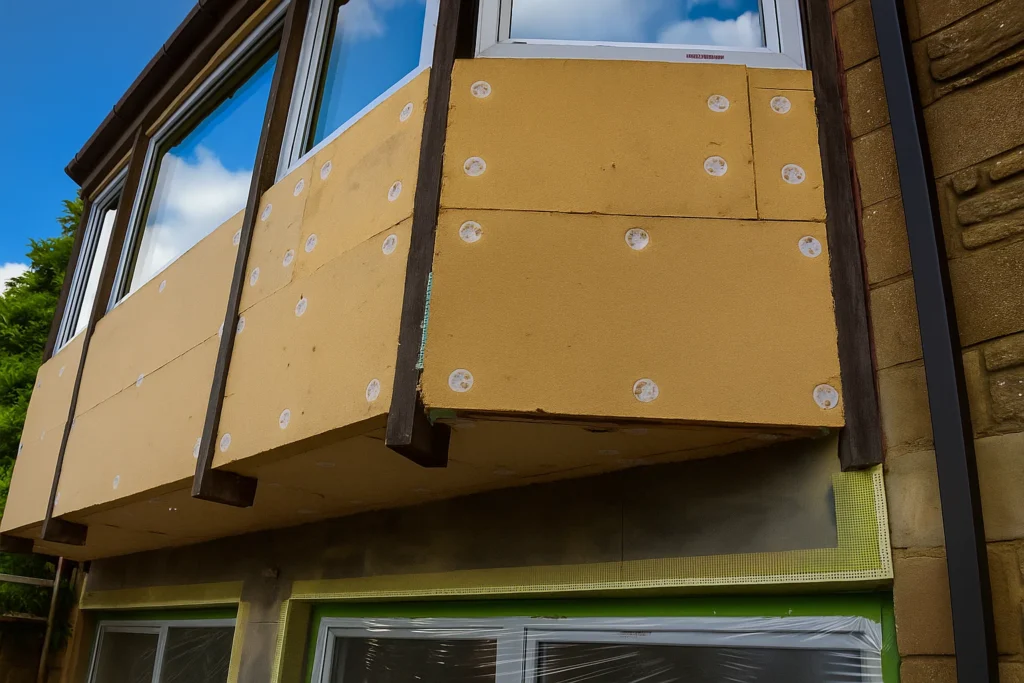
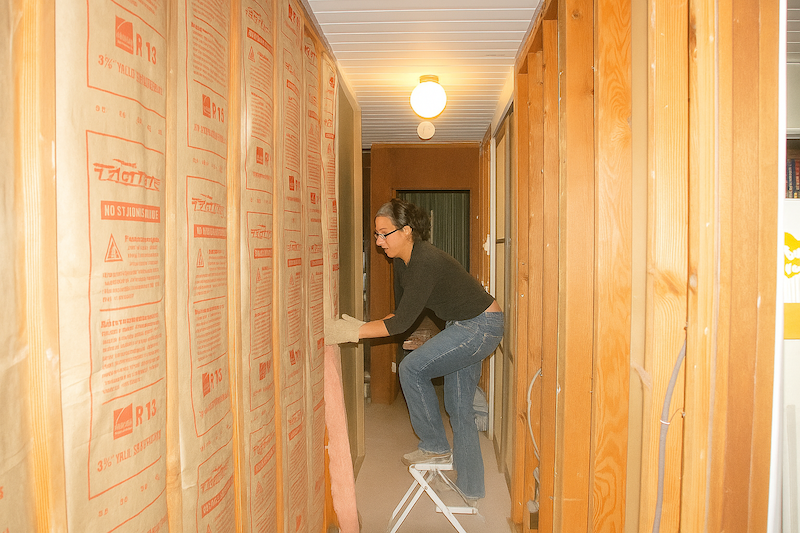
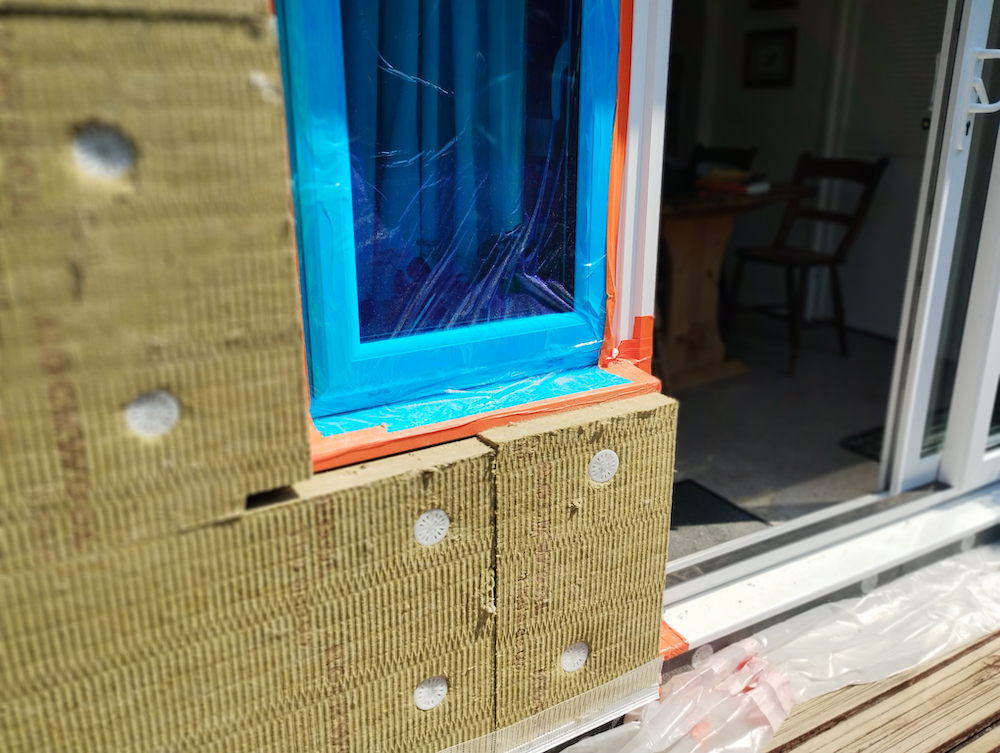
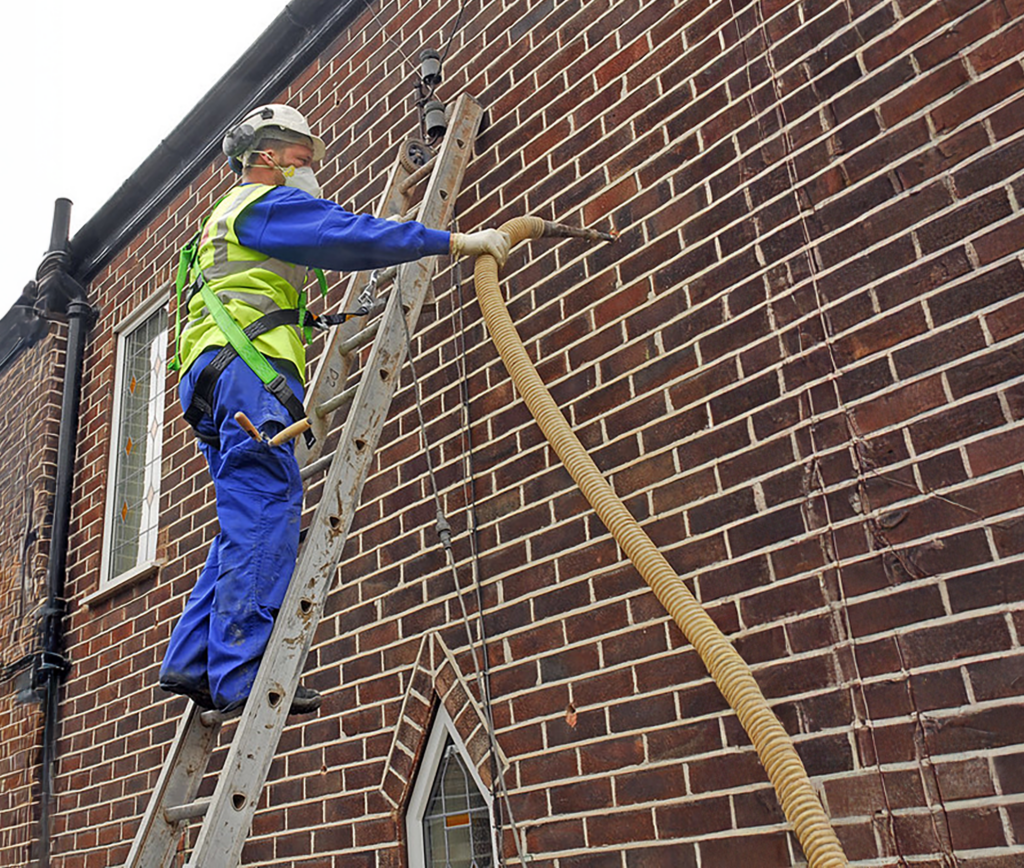
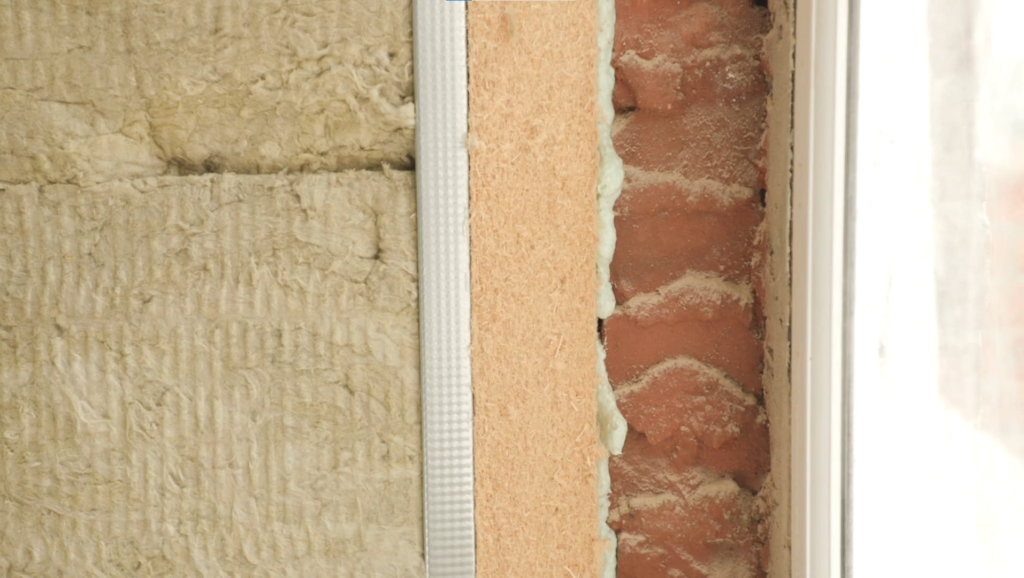
Smarter heating and energy
Once the fabric of the home is improved, modern heating systems can make a big difference. Heat pumps, for example, can heat (and even cool) homes efficiently – especially when combined with solar panels and smart controls.
Heating
- Air Source Heat Pumps: Low-carbon heating with smart controls.
- Which heat pump is right for your home?: Explore air, ground, and water source systems.
- How loud is a heat pump?: What to expect and how to minimise noise.
- Living with a heat pump: Real stories from our customers on how combining a heat pump with insulation, solar panels, and smart controls has transformed comfort and energy bills.
Photo: Geordie with the installation team, looking over a newly fitted heat pump – a low-carbon system that, paired with good insulation, will keep the home warm all year while using much less energy.
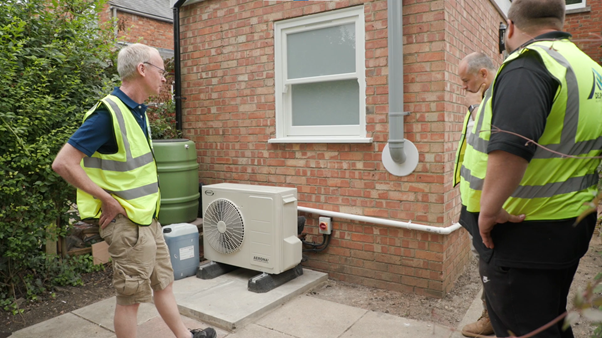

“Maybe you know what you want, or just need a bit of advice to get started. Why not book your free consultation and have a chat with one of our advisers?”
Geordie Stewart, Cosy Homes Oxfordshire Manager
Renewable energy
Adding renewable energy helps you generate your own power, cut reliance on the grid, and bring down running costs – while reducing your carbon footprint.
- Solar thermal system: Use the sun’s energy to heat your water.
- Solar panels: Generate your own electricity and reduce your carbon footprint.
- Will solar PV save you money?: Find out what kind of savings you could make, and whether solar is right for your home.
- Solar PV guide – Download PDF: How solar panels and battery storage work, and what to consider before installing.
Photo: Solar panels turn your roof into a source of clean electricity. They can cut your energy bills, shrink your carbon footprint, and give you more control over how and when you use power.
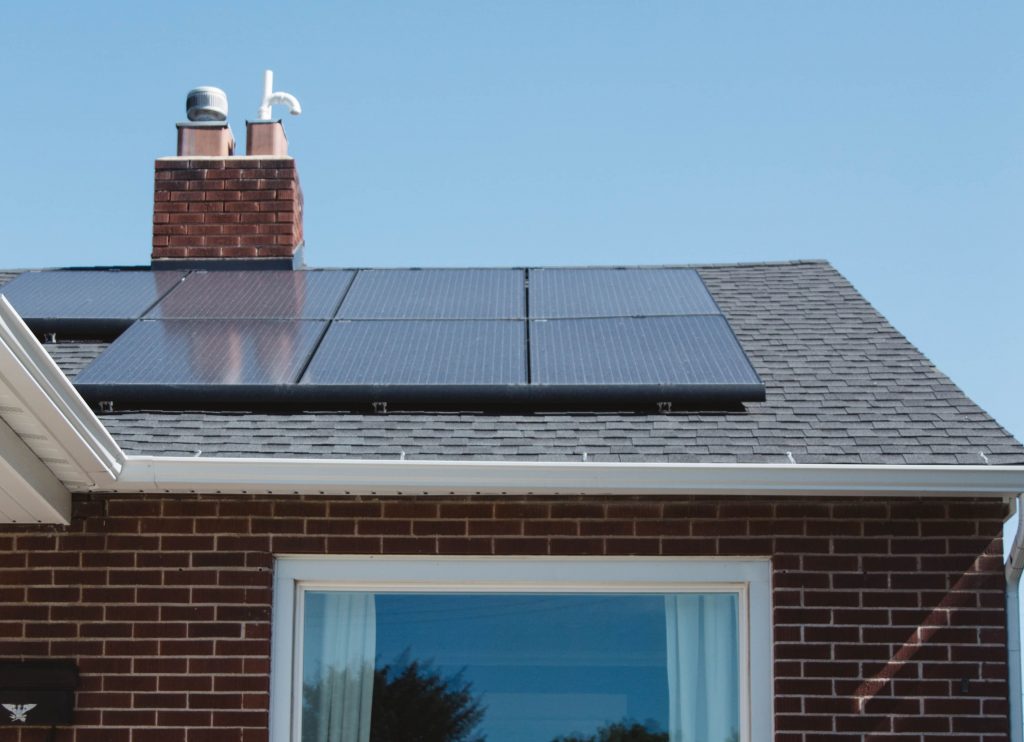
Planning improvements
Good planning avoids wasted money and missed opportunities. By thinking through your options in advance, you’ll make upgrades that fit together properly and deliver the biggest benefits.
- Why an EPC rating doesn’t tell you the whole story: Understand the limits of EPC ratings.
- Home refurbishment vs retrofit: What these terms really mean.
- Where is your home using the most energy?: Track energy use to make smarter decisions.
- Double or triple glazing?: Which option makes sense for your home.
- Understanding LED lighting: Smart, efficient lighting choices.
- Eco-friendly home improvements: Plan for a home that’s comfortable year-round.
- Heritage buildings – Download PDF: How to improve older homes while protecting their character.
Photo: New high-performance windows can make a big difference. Around 15–20% of a home’s heat is typically lost through windows and doors, so upgrading them is an effective way to cut heat loss and improve comfort.
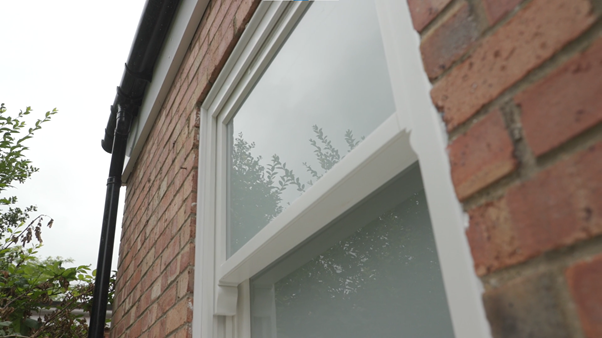
Take the next step
Resources can give you ideas, but the best way forward depends on your home. Whether it’s freezing in winter or stifling in summer, we can help you understand what your home needs to feel right – all year round.
Don’t put it off another year. Take the first step with a free consultation. Our team of experienced Retrofit Advisers will listen to your goals, help you understand what’s possible, and outline the best next steps – no pressure, no obligation.
Smarter home upgrades. Backed by trusted retrofit expertise.

